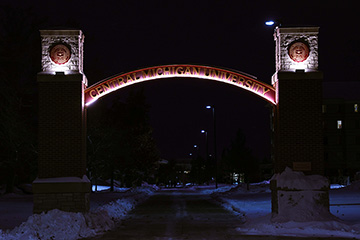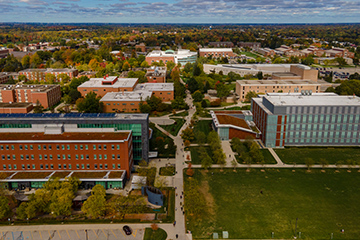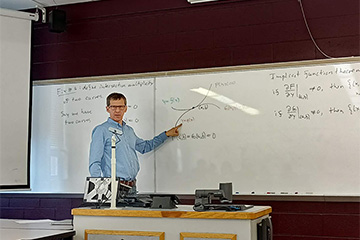Grad student studies mutations linked to autism
Madelyn Offer, a neuroscience graduate student, is studying GRIN2B- related Neurodevelopmental Disorder which is linked to autism and intellectual disabilities. Offer’s research is focused on a specific mutation found in a patient with severe autism. By modeling this mutant and expressing them in rodent neurons, Offer can examine the mechanisms of the brain with the mutant.
Offer explains that when the mutation is expressed, the dendrite structures of the neuron do not appear normal. A healthy neuron should look similar to a tree with a long body (called the axon), the cell, and dendrites branching off the top. On the mutated dendrites, Offer says, “Sometimes [the dendrite] is underdeveloped and look younger than they should or looks dysmorphic. […] I like to describe it as like a hairball where the dendrites are all snarled and curled up together.”
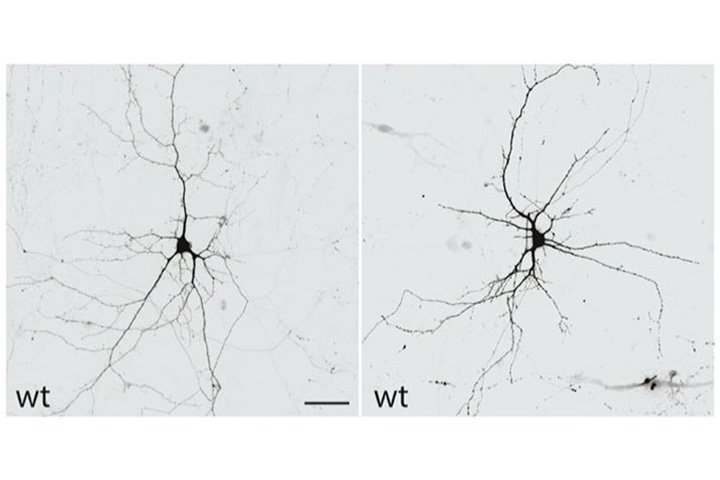
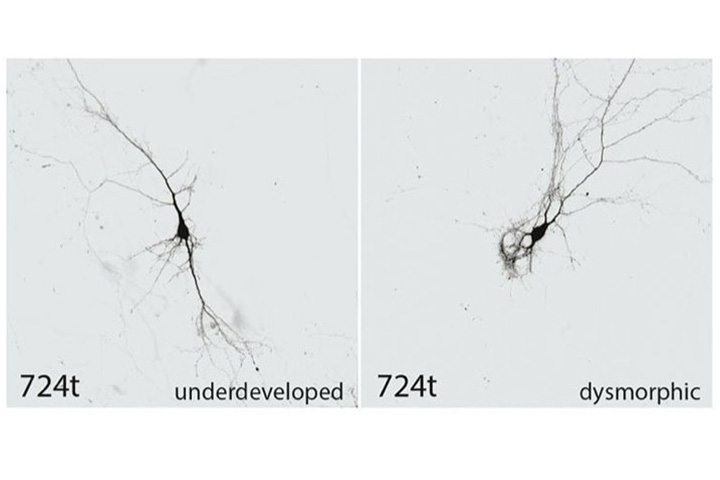
The goal of Offer’s project is to find the mechanism connecting the mutant to the problems seen in the cells. Offer proposes that a family of proteins called Wnts are the mechanism connecting the dysfunction to dendrite problems. There are 19 Wnts found in humans that help communicate between different cells. Offer is looking at the secretions, localization, and downstream pathway activity of the proteins and if they are affected in the mutant cells.
Potentially, Wnts could be added into the mutated cells to increase dendrite function and maturity. This could then produce a targeted therapeutic approach for those with GRIN2B disease. Offer says, “My major goal in life is to keep learning and be able to learn something that could one day help a lot of people.”
This story is brought to you by the Office of Research and Graduate Studies.
